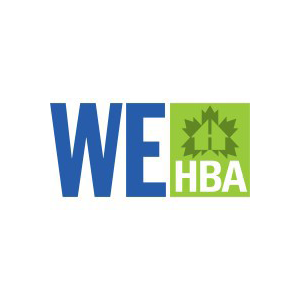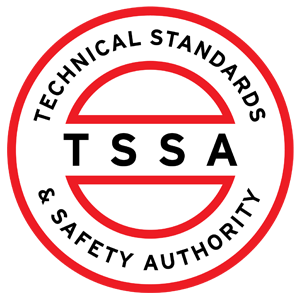
Purchasing a house is one of the biggest investments and most important decisions you
will ever make. Our Team understands how your plumbing system can have an impact
on the home buying experience.
With this in mind, here are some things to inspect before purchasing a house so that
you can evaluate its condition correctly and prevent problems in the future.
1. Hot Water Systems
You should check the age of your hot water system, the heat source, and the size. You
can find the age and warranty information on the badge. Most hot water tanks last
around ten years, so if the one in the house is close to that age, you will need to check
the tank for any sign of corrosion or leaks.
It would help if you also took note of the size of the hot water tank. The hot water tank
should be at least 50 gallons for a family of four, so you will need to consider it if you
have a larger family.
2. Water Leaks
Another essential thing to add to your plumbing checklist when buying a home is leak
detection. Leaks can cause serious damage if not repaired, not to mention the waste of
water with a consistent leak
You should check your taps, toilets, pipes, water heater and plumbing fixtures for leaks.
Preferably call a professional for a complete leak detection analysis.
3. Sewers and Pipes
You should check your main stack and water feed to see what they are made of. Many
types of piping are used in the houses, such as cast iron, copper and plastic. It’s a good
idea to know what material your sewers and pipes are in the home, so you can make
sure the pipes are in good condition and free of corrosion.
4. Water Efficiency
It is necessary to check showers, taps and toilets for water efficiency.
You can check for water pressure in all bathrooms by flushing the toilets and turning on
the showers. The toilet should empty and fill without difficulty, and the shower should
have a strong and steady flow. Low water pressure is common in old houses. So, if the
house is old, you should make sure to check out all the taps. Low water pressure is a
burden you don’t want to deal with.
5. Roof and Eves Troughs
Last but not least, you should check eavestroughs and downspouts for blockages. Roof
debris and leaves often cause blockage in the rain drain system. Root intrusion, and ground
settling, can cause blockage in the discharge line running away from the house. If your
rain drain system fails, rainwater can infiltrate your crawl space or basement, causing
interior damage. Cracks and leaks can lead to damp areas in the ceiling and walls and
potentially flood the house’s living areas.
Do you need help getting your plumbing system inspected before purchasing a house?
We can help! Contact the Team at Guest Plumbing and HVAC today.












